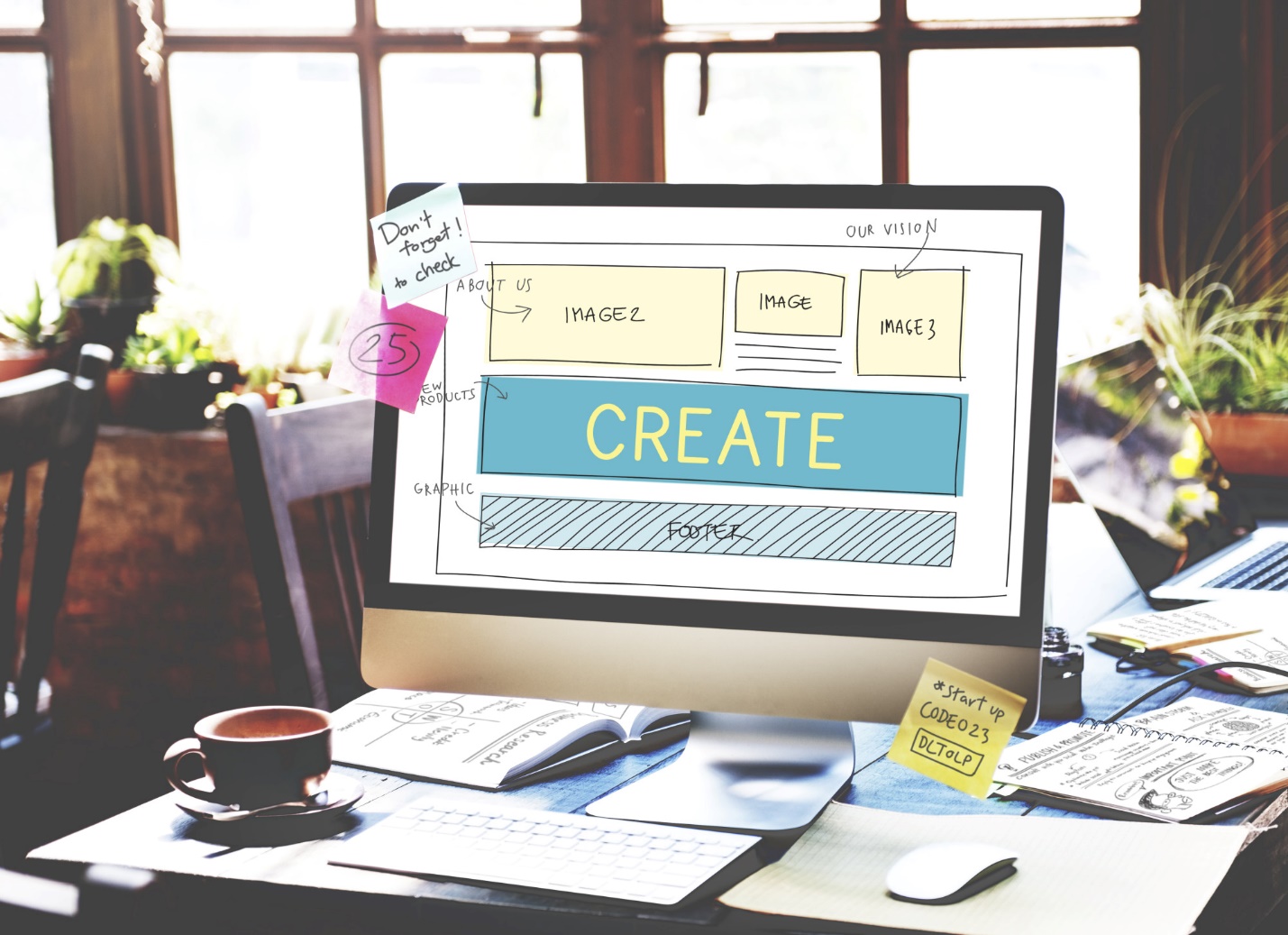Maybe you’re starting a blog to help people pursue their favorite craft. Or perhaps you’re finally going to begin the business you always dreamed of.
Whatever the case, a DIY website is often the weapon of choice for people on a budget. Website building platforms like WordPress have made it easier than ever to construct a viable site.
But just because a website maker simplifies this process doesn’t mean it’ll do it for you. You’ll be responsible for ensuring this site does everything you and your audience want it to.
If that sounds daunting, don’t worry! We’ll give you 5 website-building tips on what not to do in the guide below.
1. Not Having Two-Way Communication
Whether you’re running a business or starting a side project, you need a way to hear back from your audience. Usually, an audience wants to stick with a website that’s helped them in the past. But they may also want to ask questions or request specific content.
Fortunately, this is a quick fix. All you need is a contact page that lets people reach you in a convenient way. Including an email address or phone number makes you appear much more approachable to your audience!
2. Not Keeping the Website Up-To-Date
You may think that 2 or 3 years isn’t that long. But in terms of website design, it might as well be 2 or 3 decades! Web design is a rapidly changing field with constantly updating trends.
So as a DIY website builder, you become responsible for keeping your information and design updated. Try to think like a customer.
What information would you want to see on this website? You can also consider working with professionals like those at Grizzlymarketing.com to improve your website.
3. Not Making Your Site Mobile-Friendly
Huge volumes of web traffic come from mobile devices. So make your website design-friendly for mobile users. This way, you can make it easy for your customers or audience to access your content.
4. Letting Your Website Load Slowly
Most online users will abandon a website if it doesn’t load quickly. So when your site is slow, you’ll lose significant traffic.
Fortunately, there are ways to increase your loading speed. Compressing images and choosing faster web hosts can speed up your website’s loading times. Likewise, look for unnecessary plugins to eliminate.
5. Irrelevant Images
Finally, most websites include images. Stock photos and similar objects can make your content more attractive. But avoid using any irrelevant images.
You can do this in a few ways. First, use original photos whenever possible. Second, ensure that your stock photos make sense in their locations.
Start Building Your DIY Website
Following these tips make a DIY website more attainable. So start working on your website today! Before long, you can gain higher levels of traffic for your content.
We hope you enjoyed this article! If so, check out our other web design content today.
